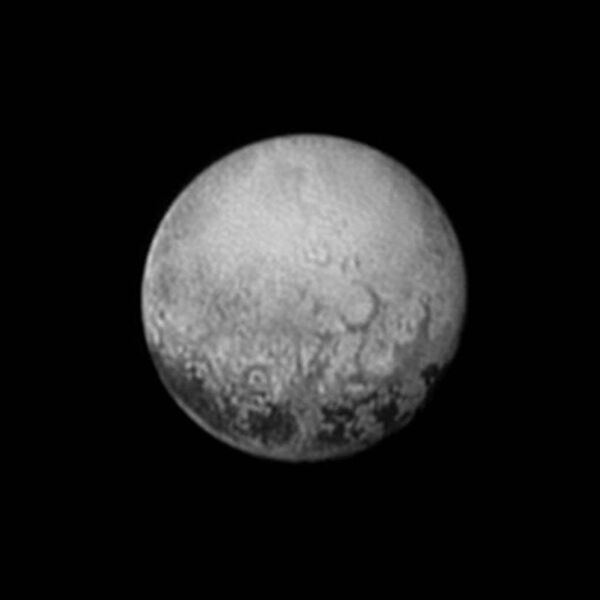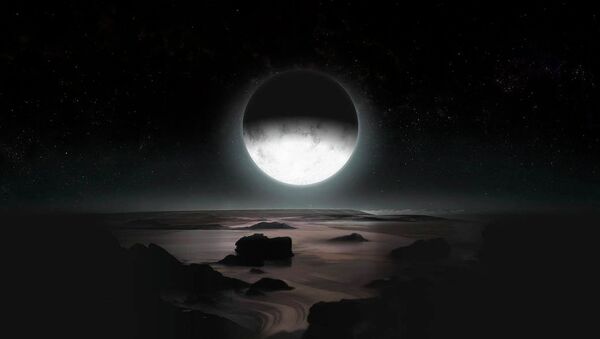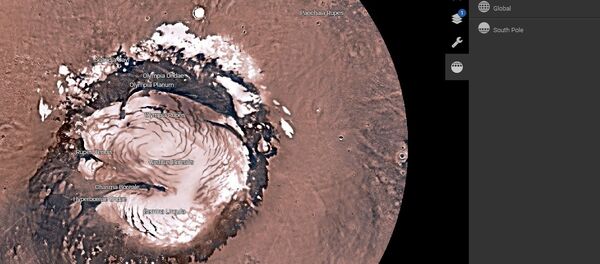"It’s weird that they’re spaced so regularly," commented a scientist from the New Horizons team. "We can’t tell whether they’re plateaus or plains, or whether they’re brightness variations on a completely smooth surface."
The image was taken on July 11, three days before the spacecraft is due to make its close flyby of Pluto on July 14, when it zooms in at a speed of 49,600 km/h and an altitude of just 12,500 km, collecting data from the first-ever close-up look at the icy dwarf planet.

The close flyby will focus on the opposing side of Pluto, providing the first images of its night region, where the Sun has not shone for 20 years, and won't shine again for another 80 years. Its south polar region is instead being illuminated by moonlight from Charon, the largest of Pluto's five moons.



